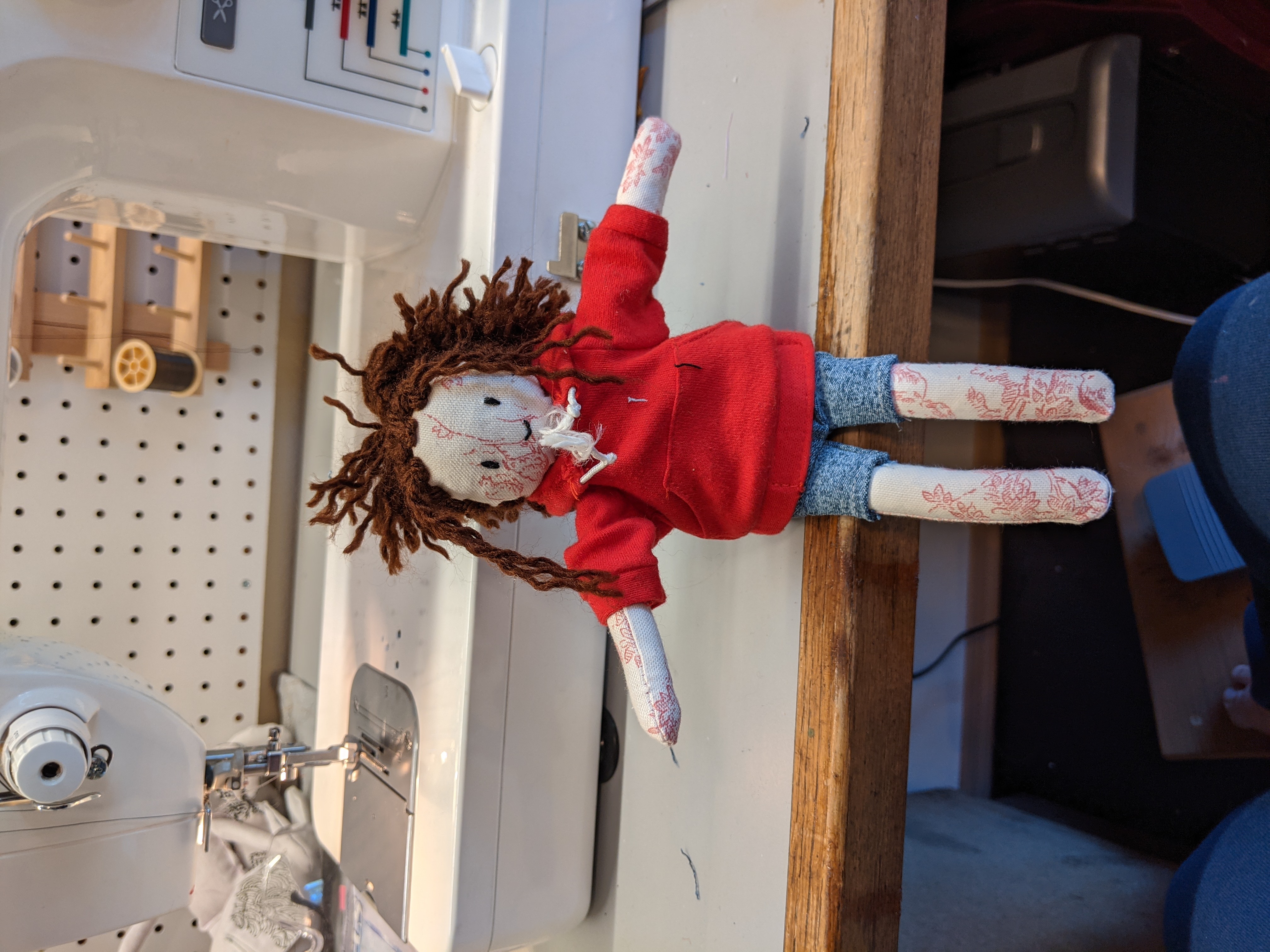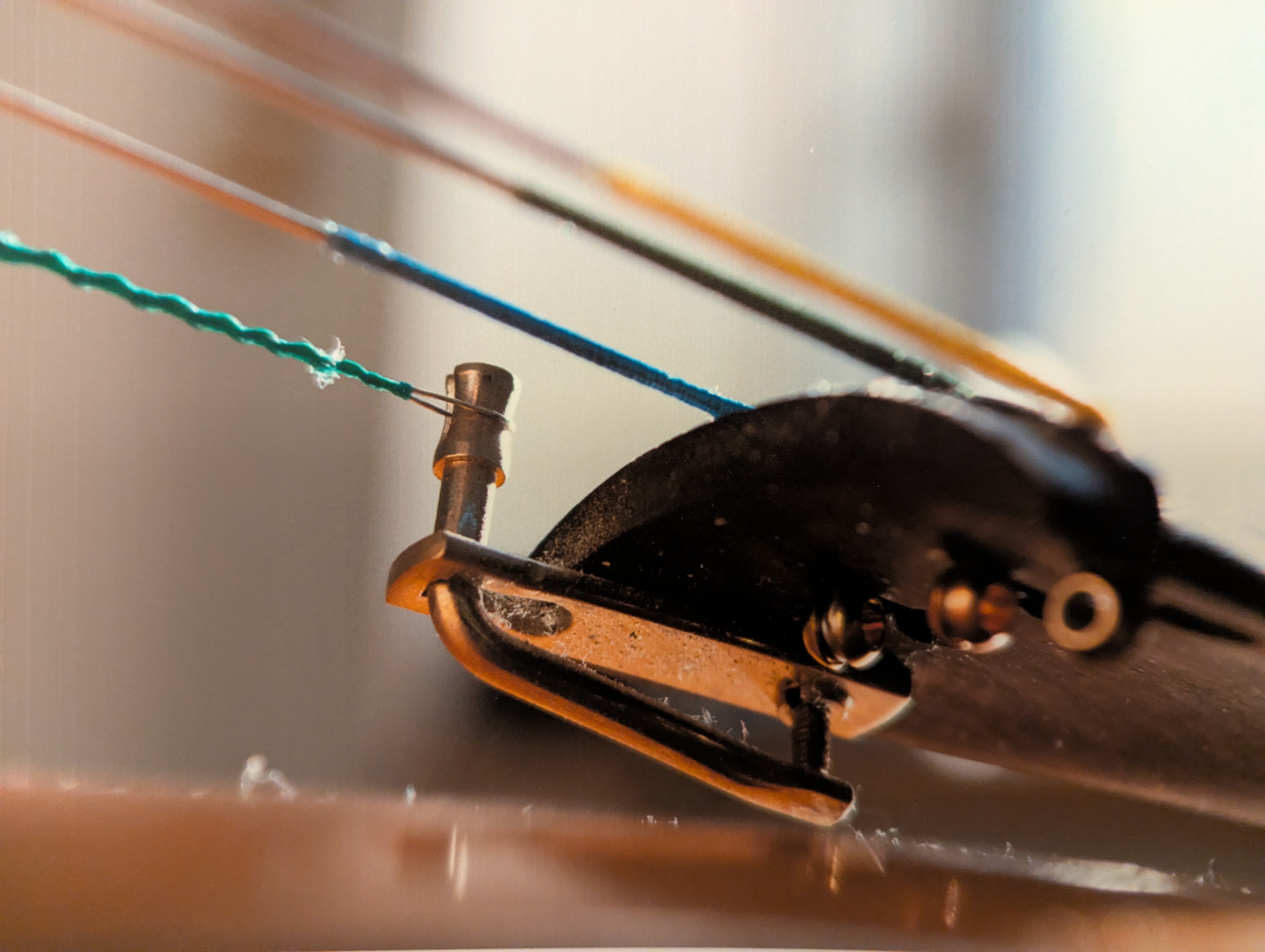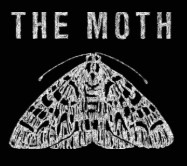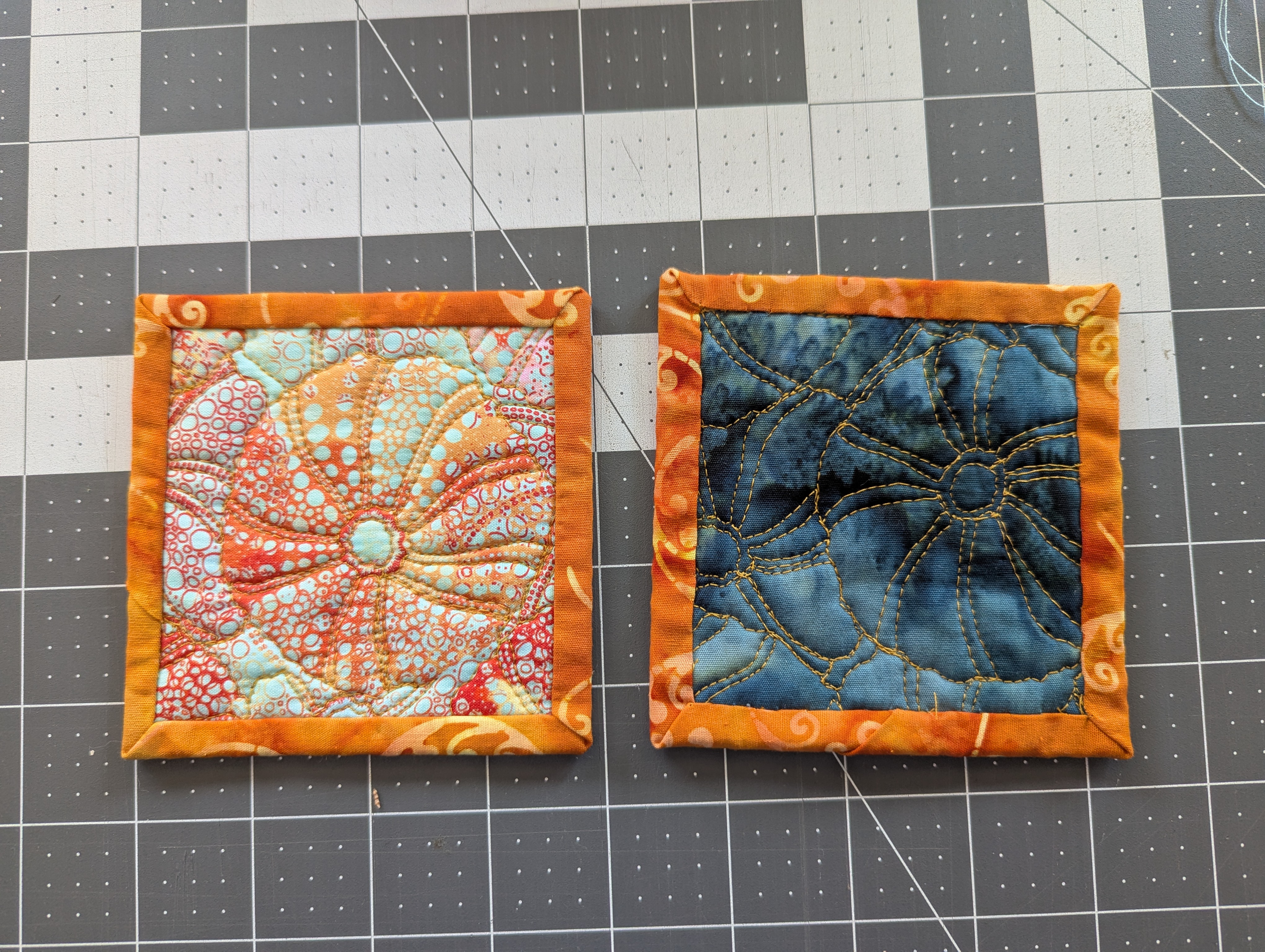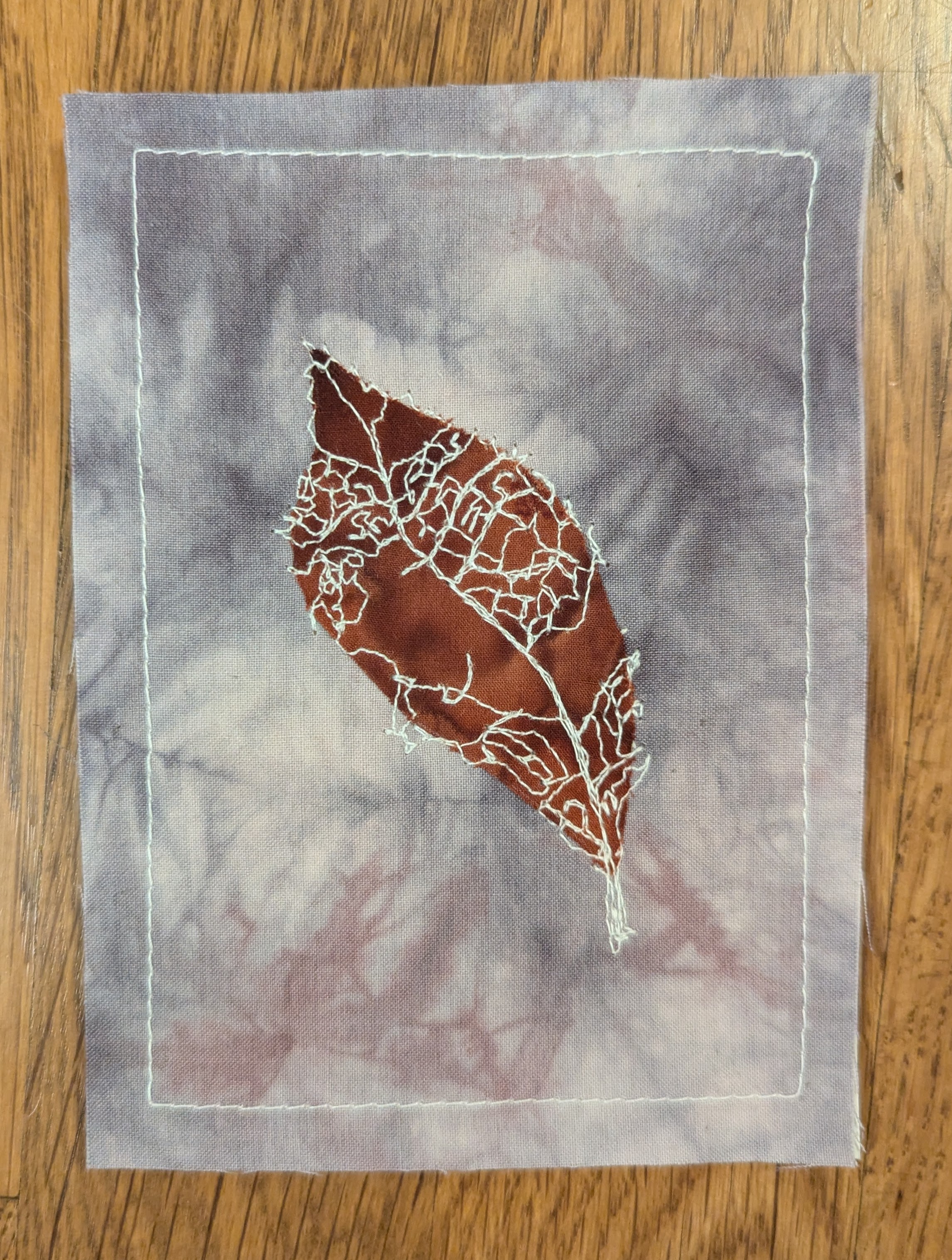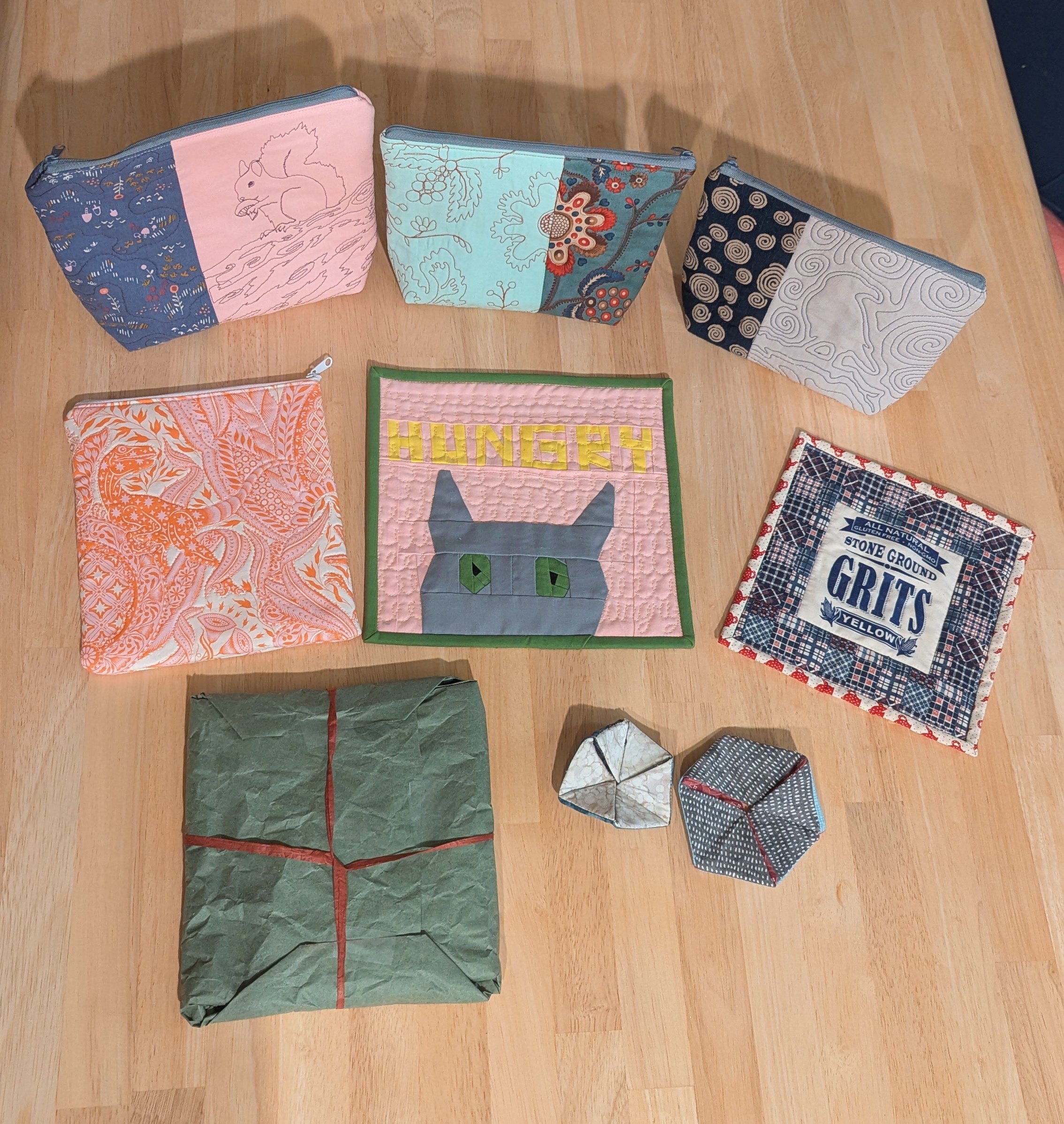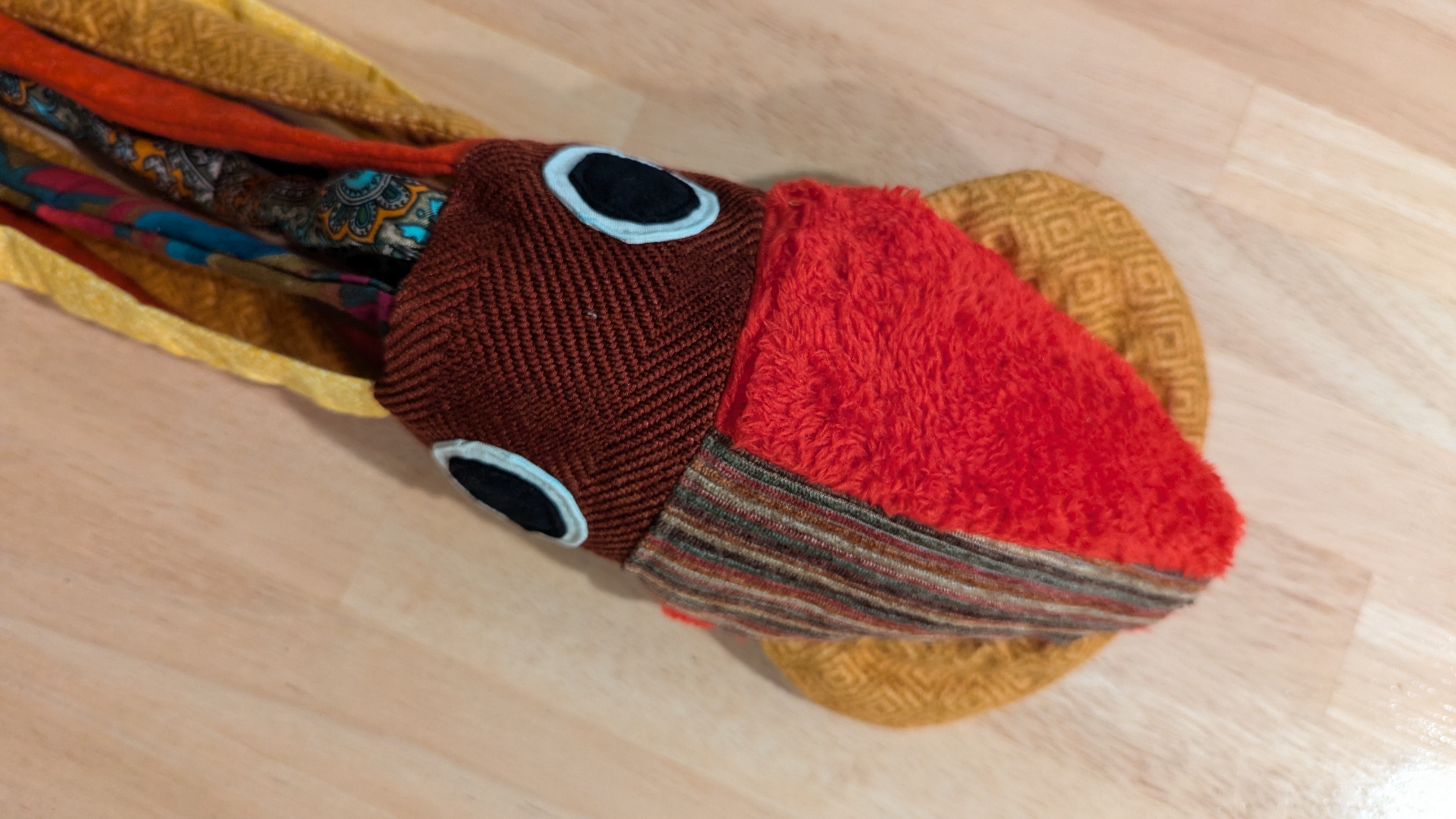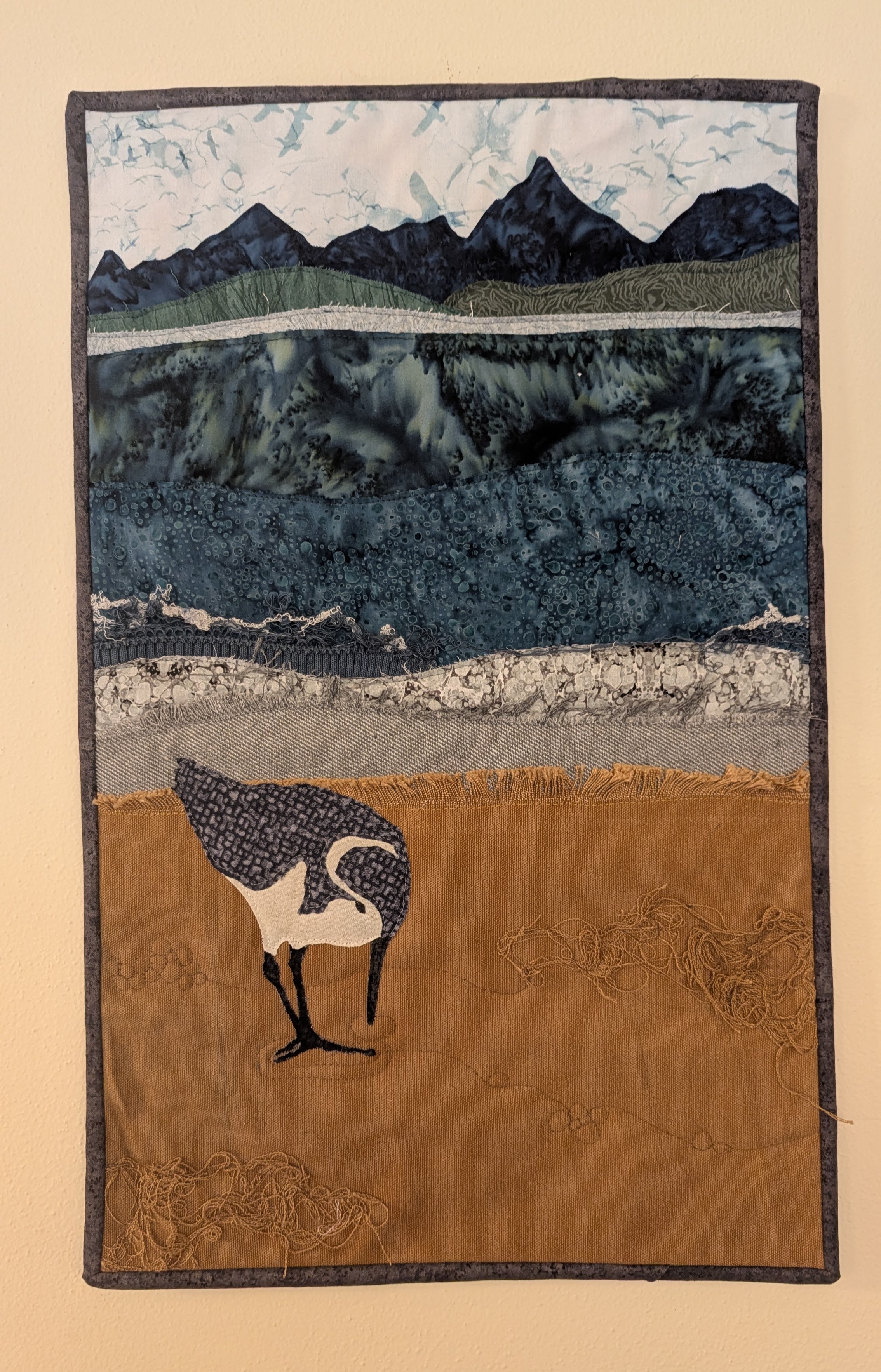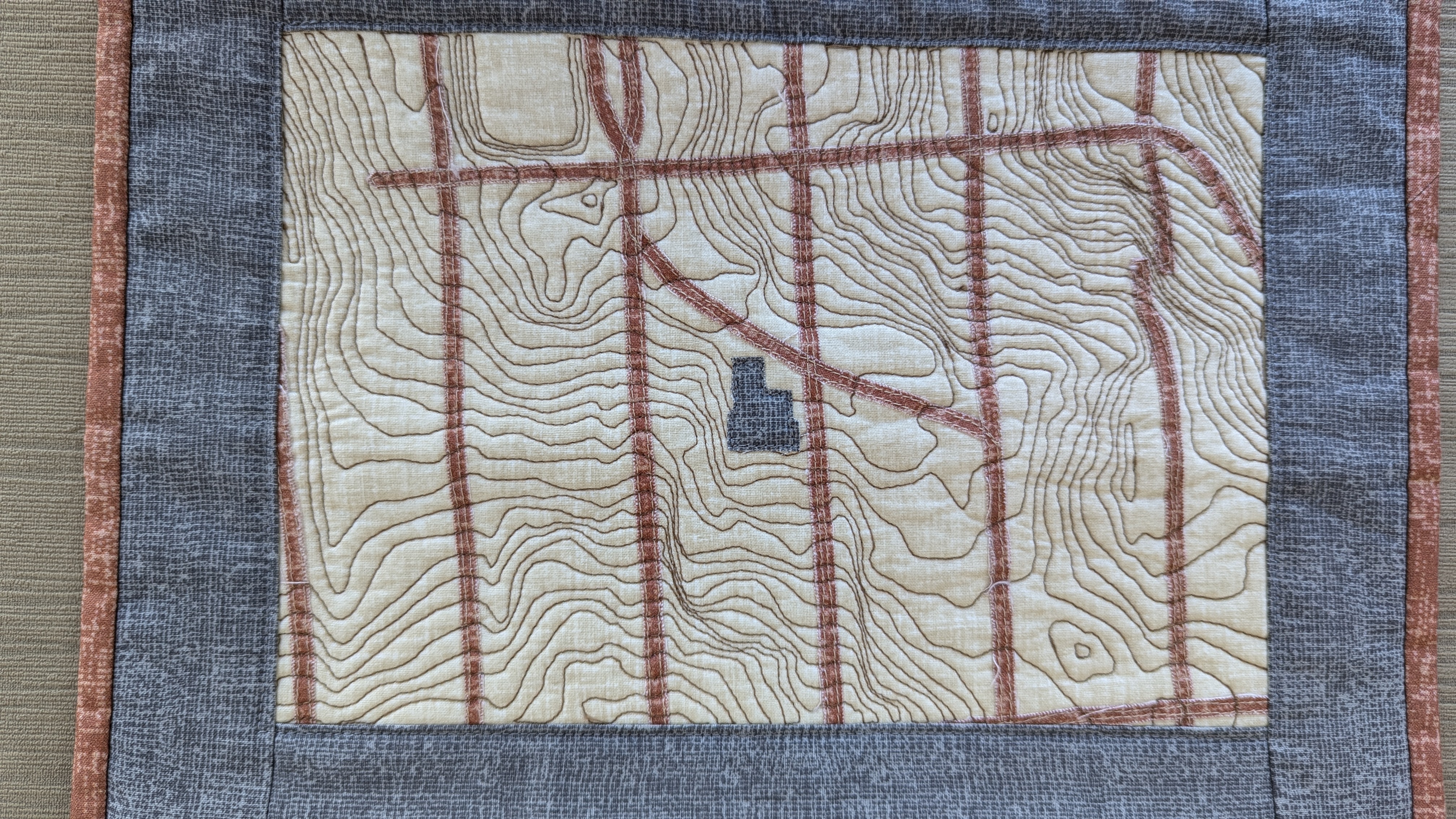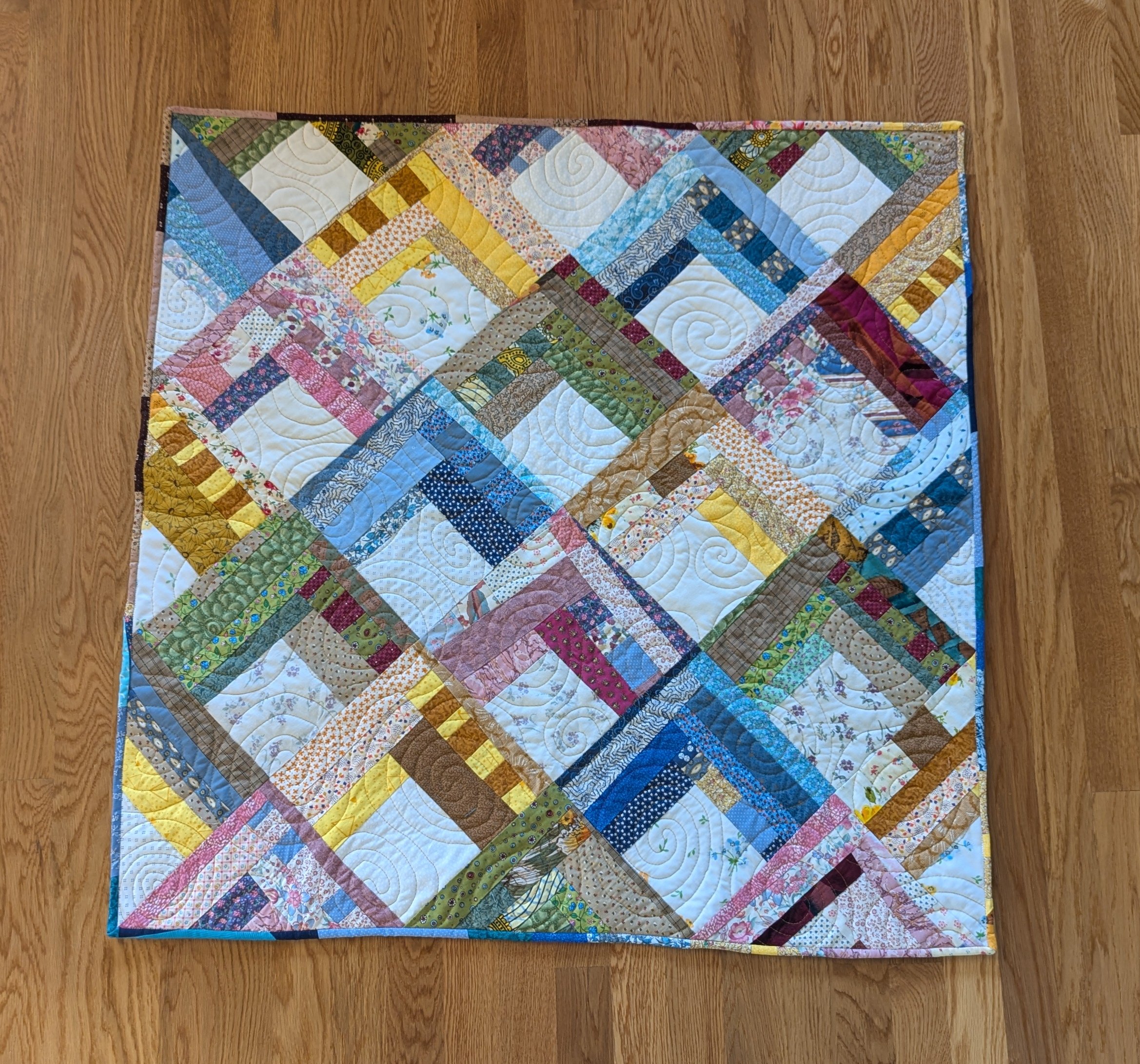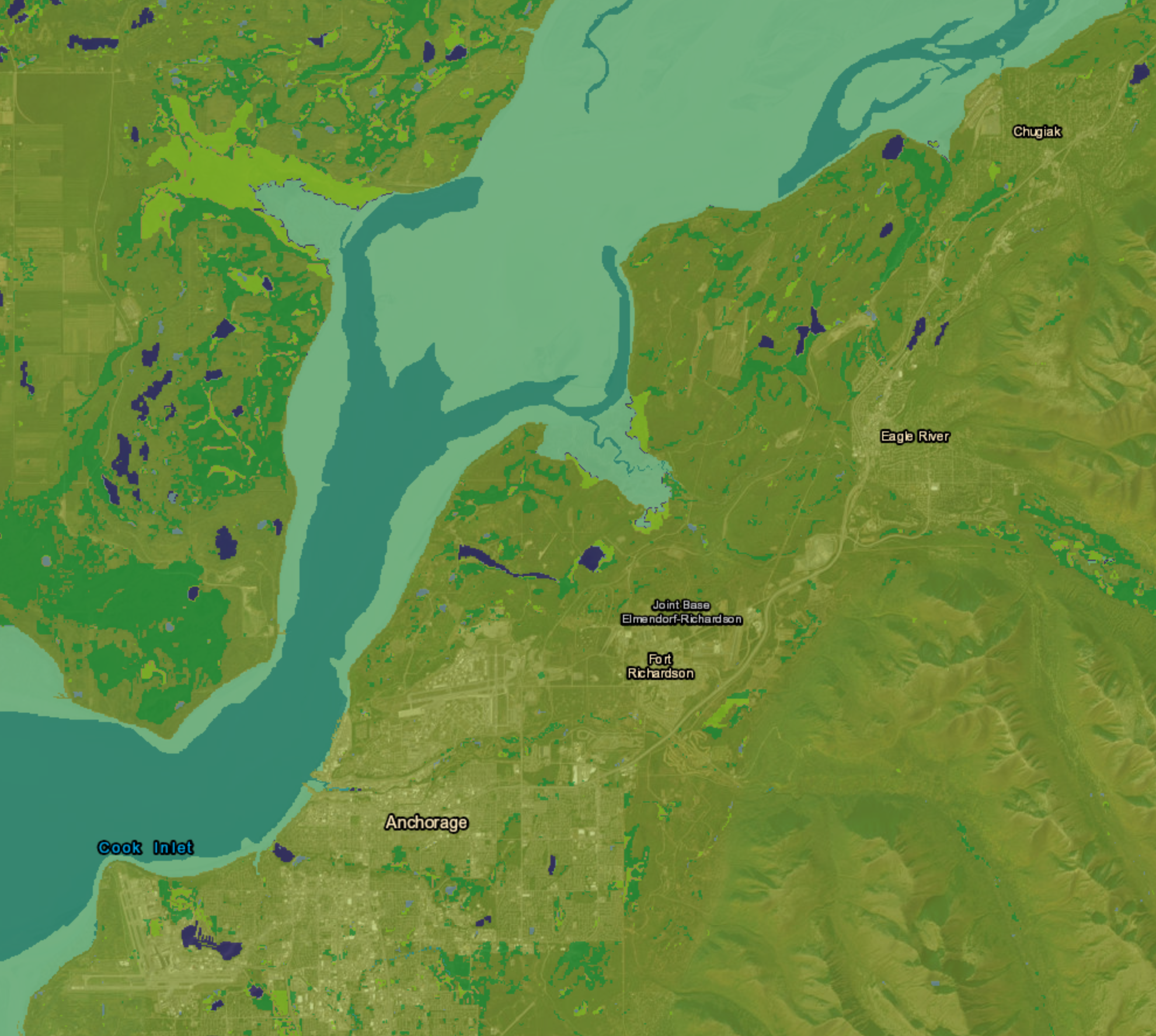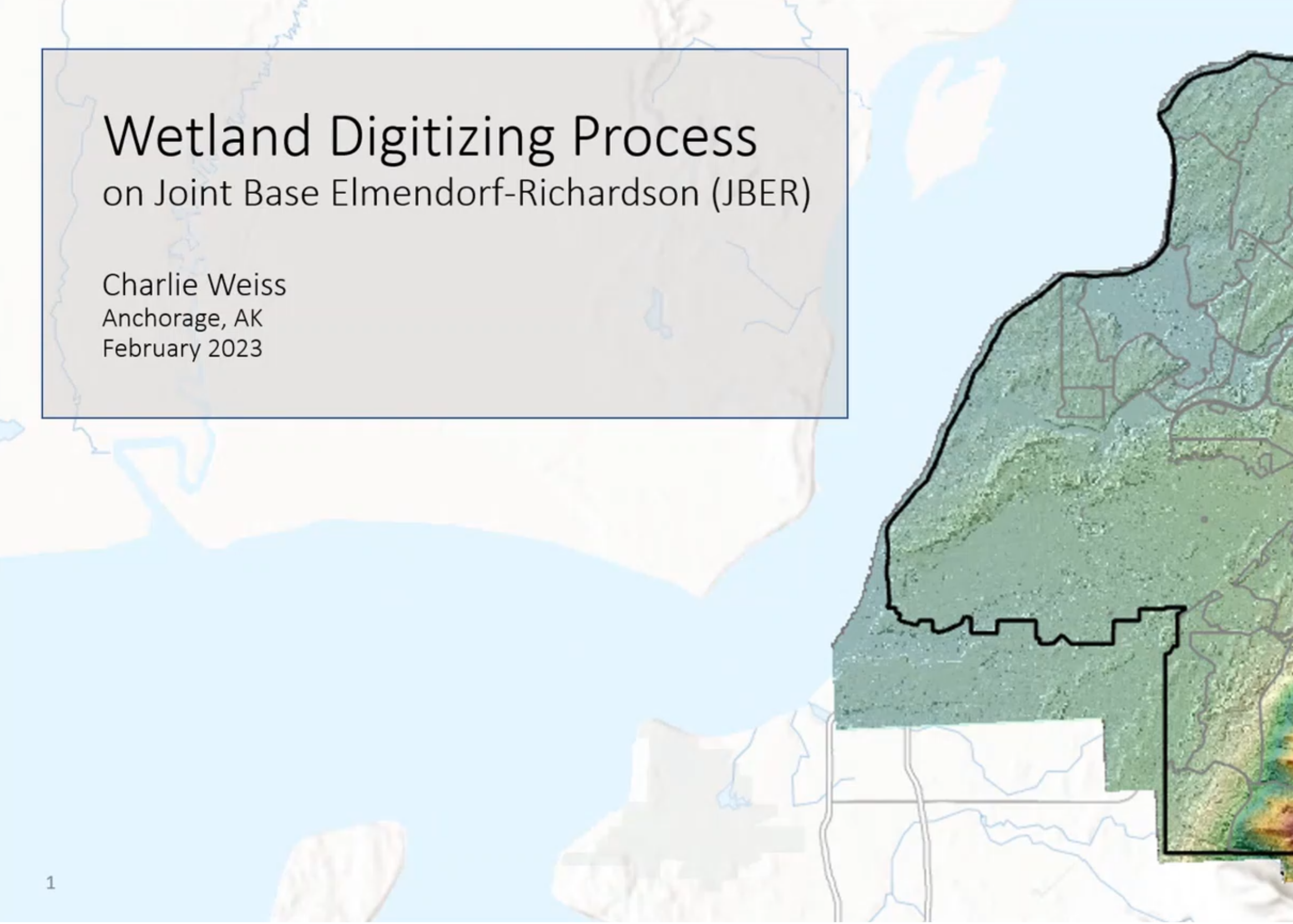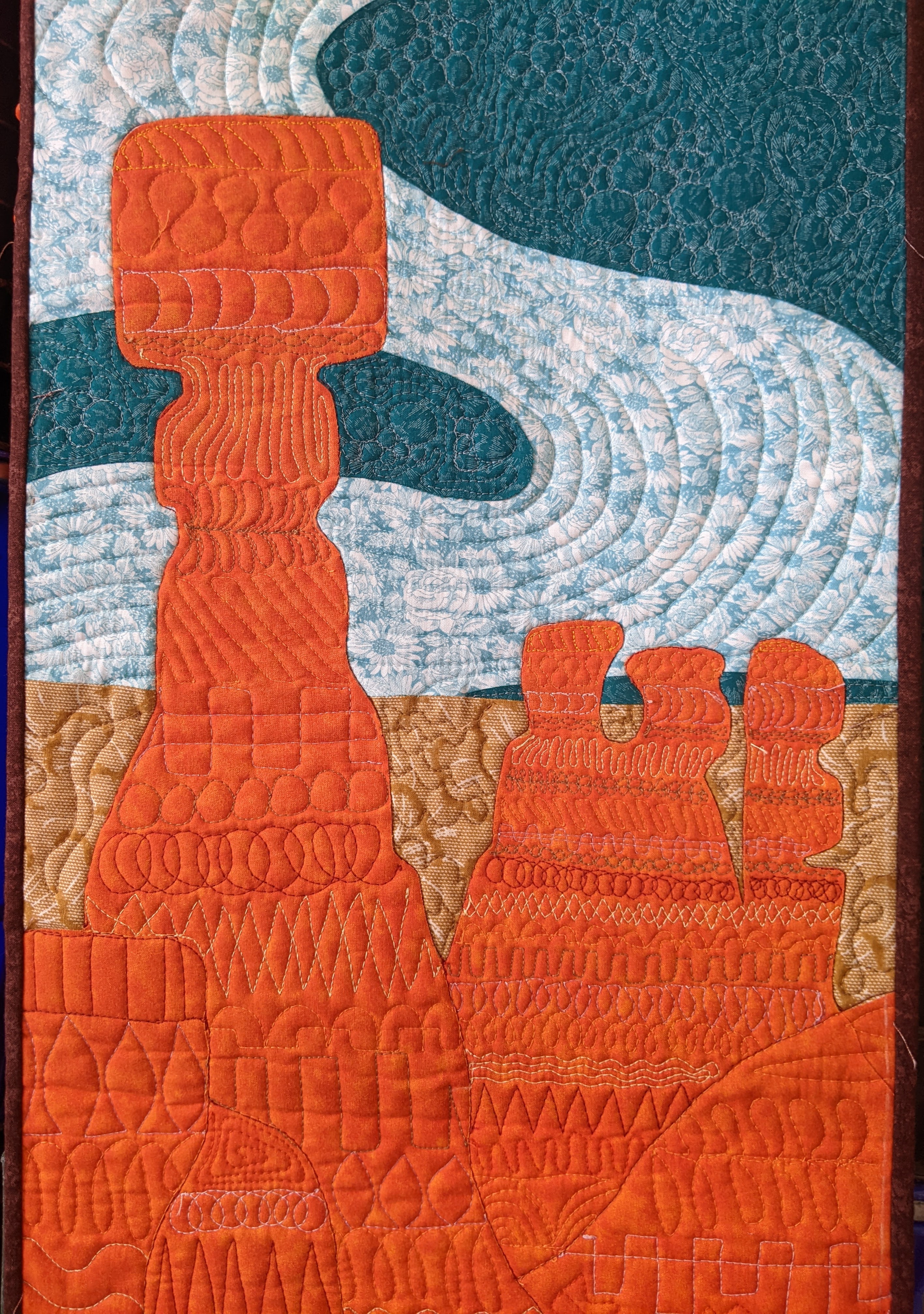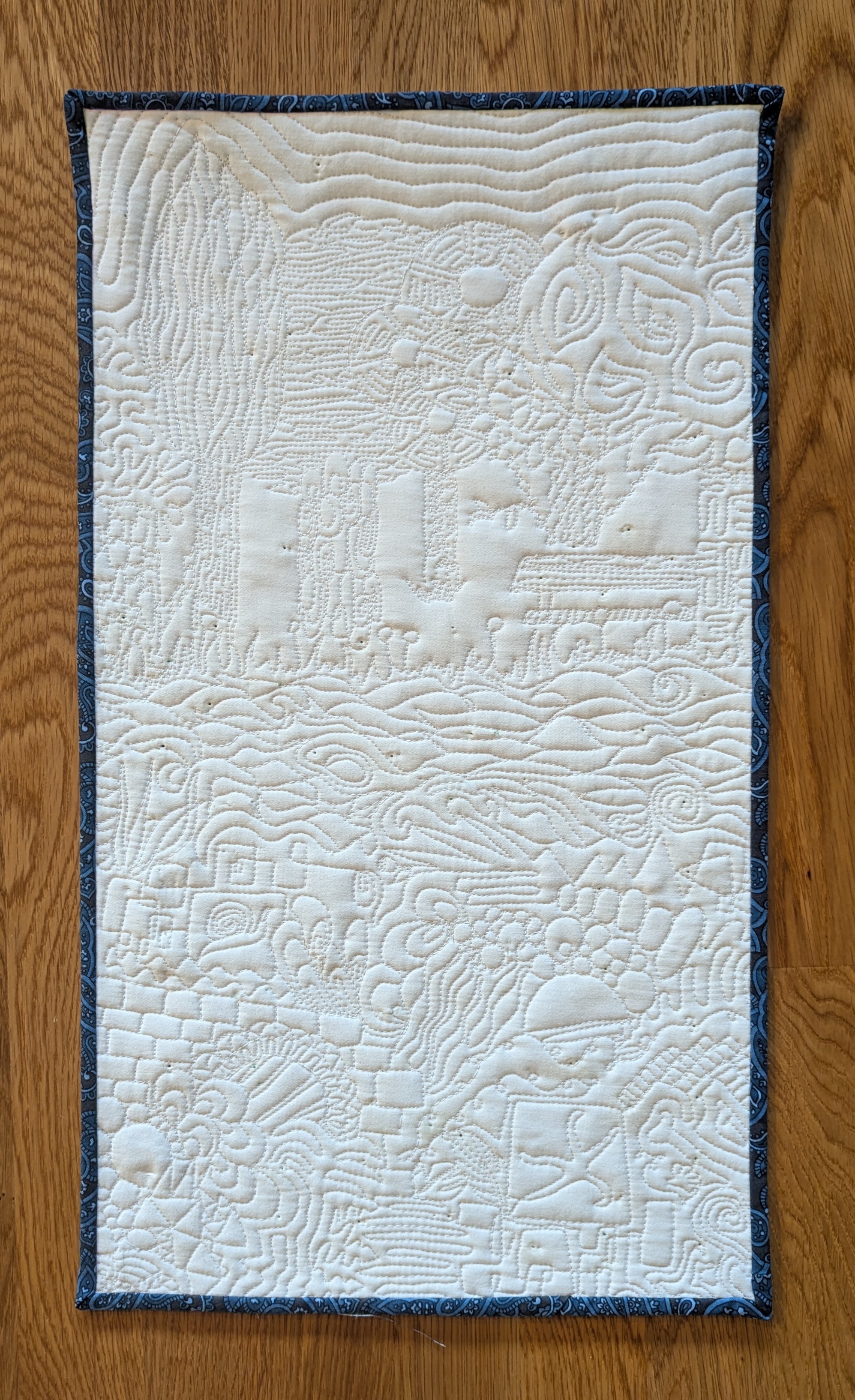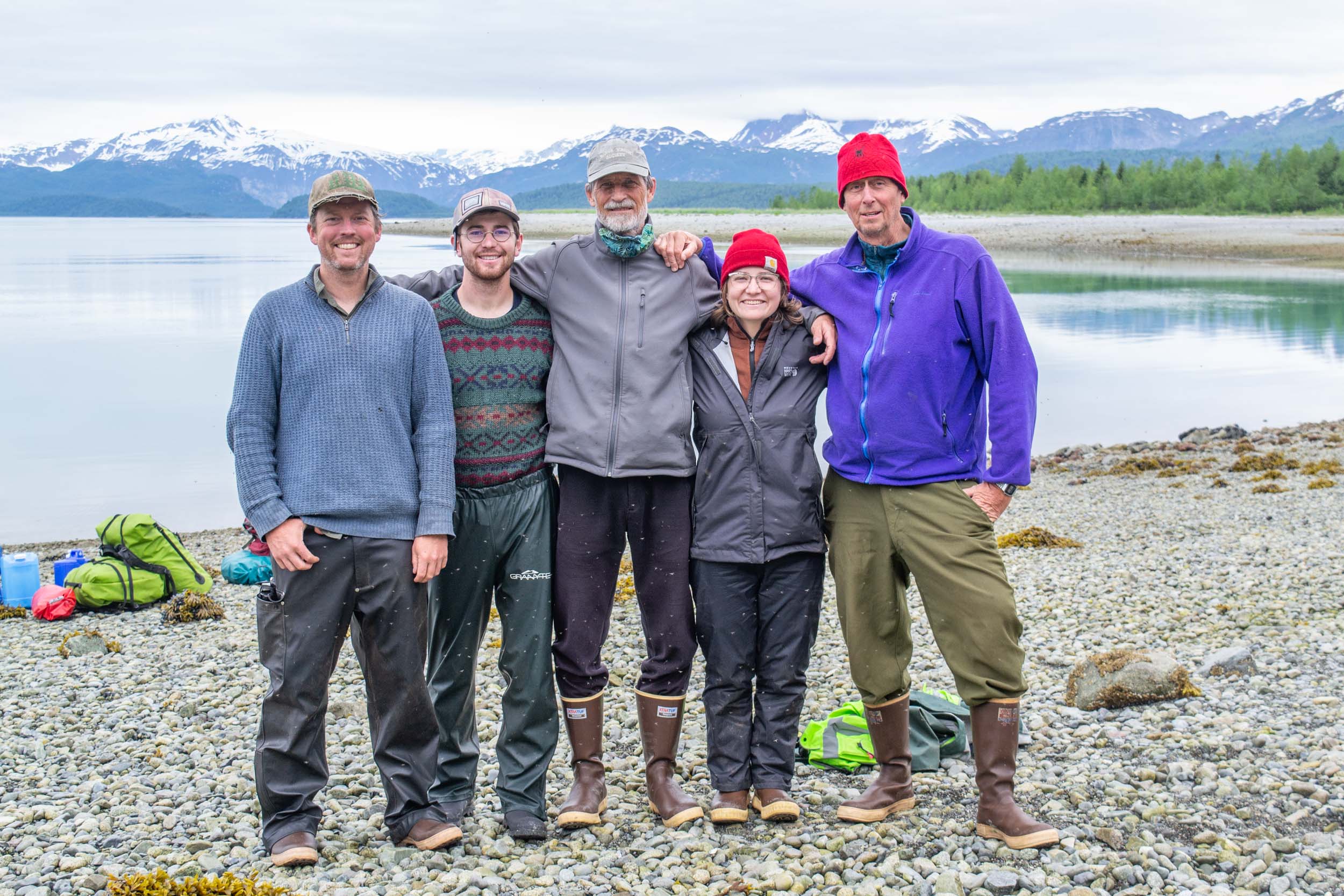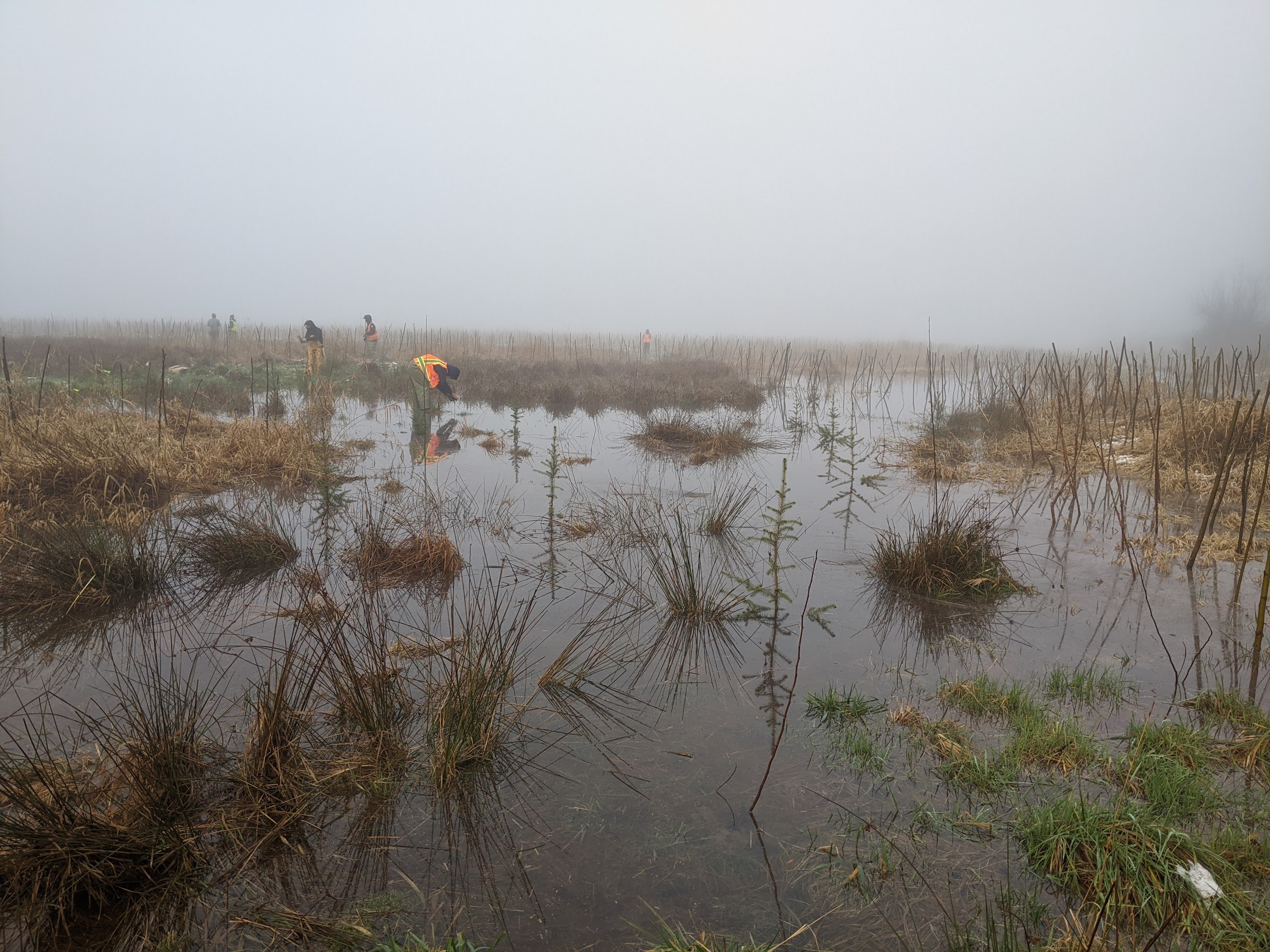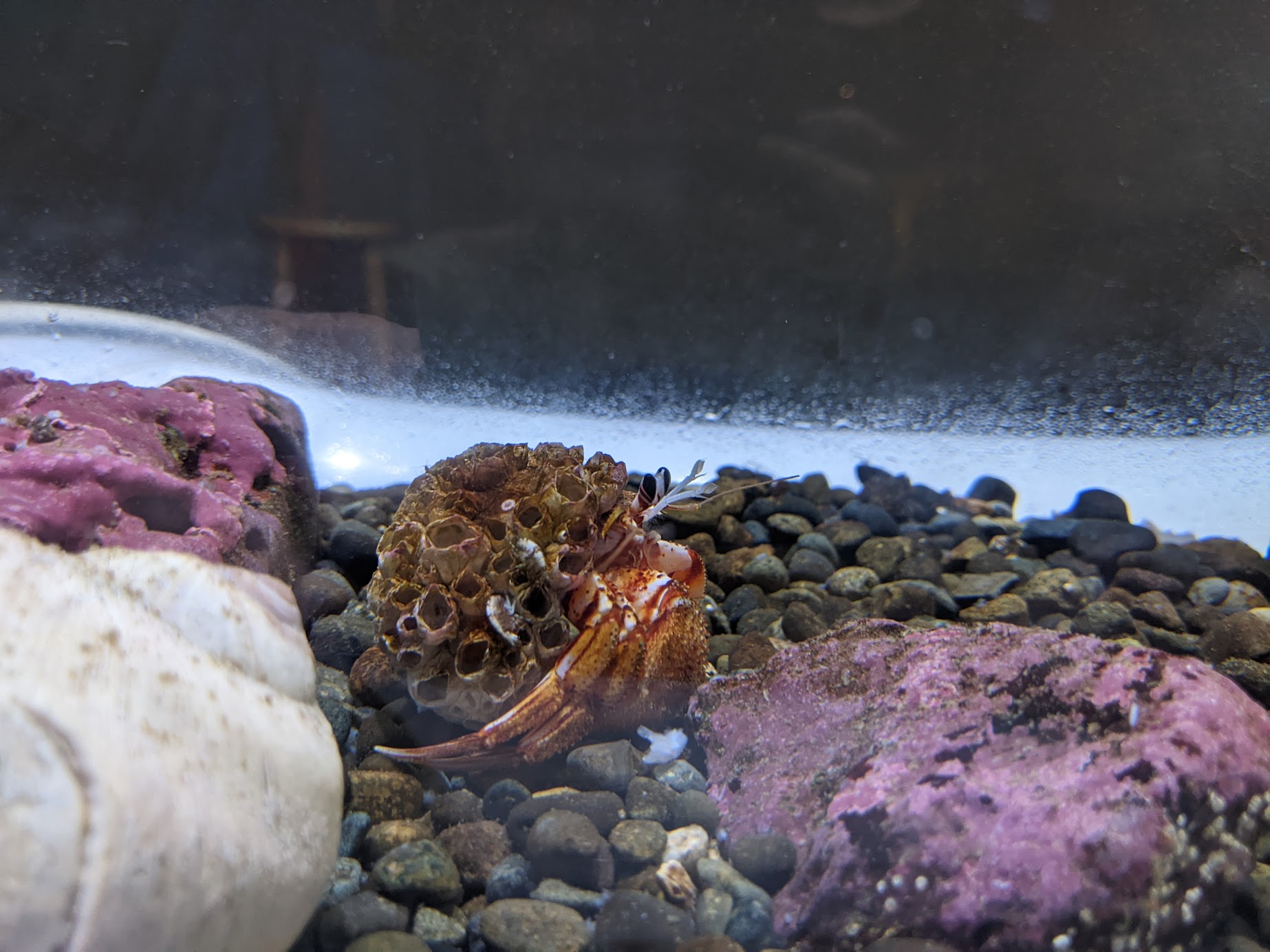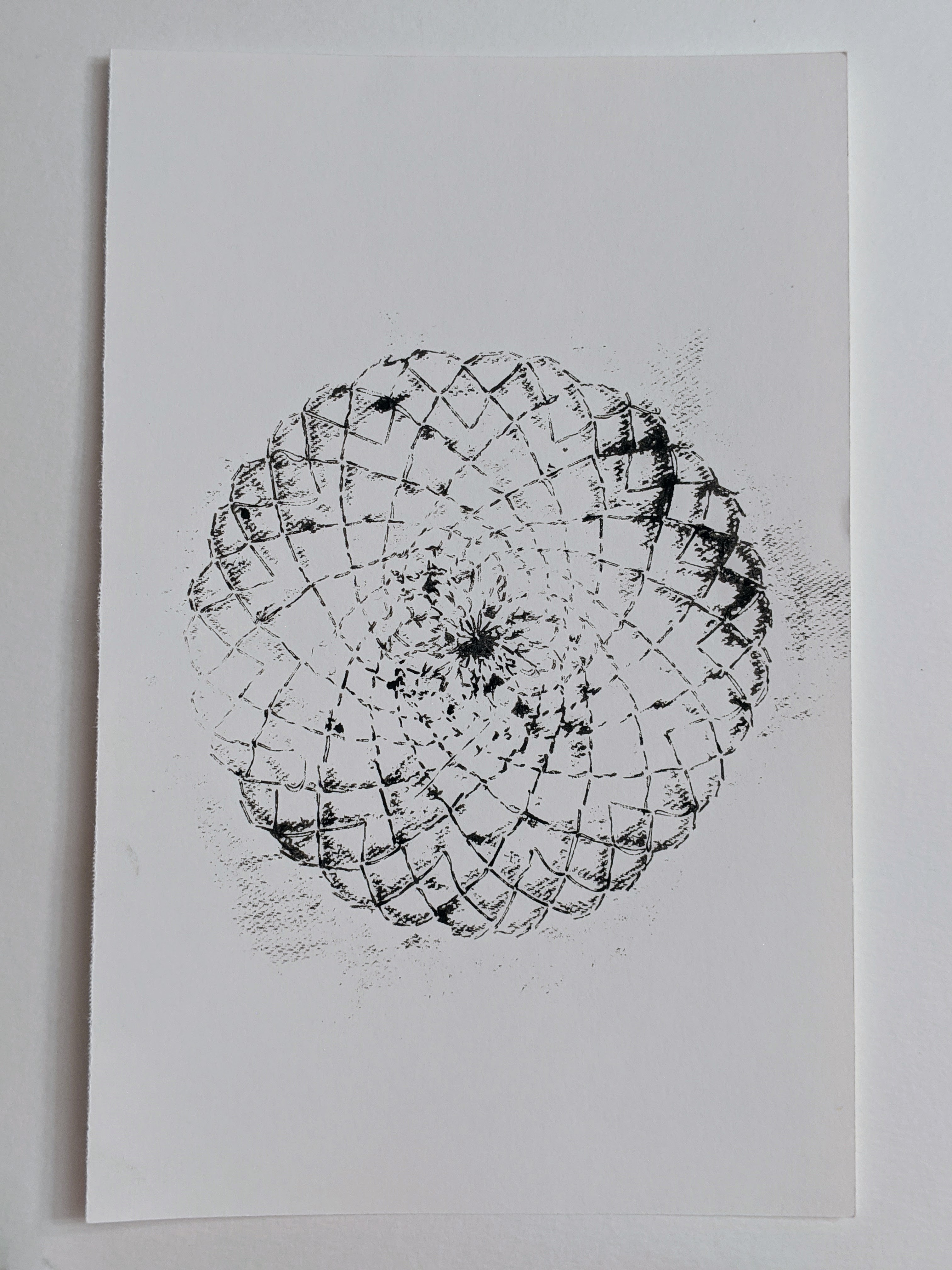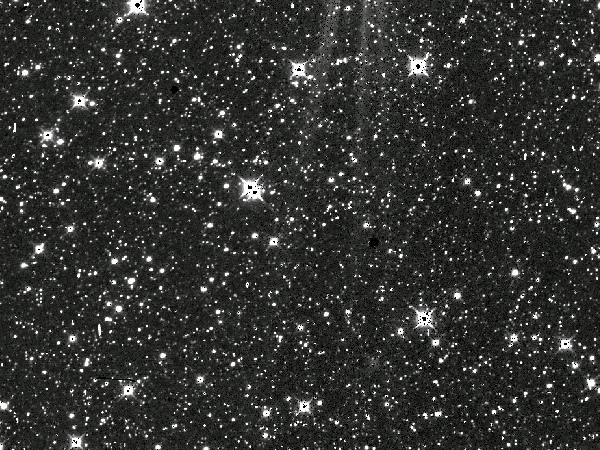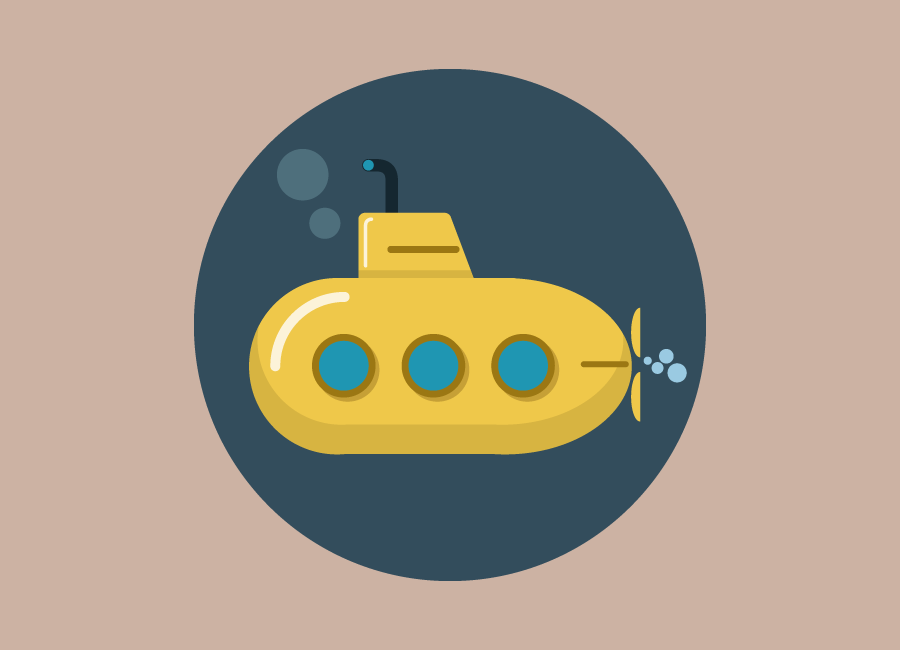Hamlin Park, a gem of Shoreline, is apparently a staple of my life. As a child I used to walk there with my best friend down the street, and we would stack rocks and build forts out of sticks and do other classic 2000s children things. As a teenager it lost its charm, being just another boring suburban feature to walk through with my head turned moodily toward the ground. I soon forgot about Hamlin when I went to Boston for college, convinced I'd never come back. But here I am again-- in a different home within only two blocks of the park, convinced I'll never leave.
Another big surprise is that I am now an honest to goodness paid professional ecologist, a switch I made after undergrad. I now see the magic Hamlin holds. I fondly recognize the well established native plants and feel the pain of the invasive ones. And, I remember what it was like not to recognize them at all-- or even care, to be honest. It may be a unique perspective among biologists. Especially because now I care a lot.
A few weeks ago, my health recovered to a point that I felt able to join the weekly volunteer work parties in the restoration area in the northwest corner of the park. In these trying times, it's been a haven. I'm impressed with the work that they've (we've) done. I remember the area as a grassy, muddy open area (I think-- again, I wasn't really paying attention back then). Today, it is full of almost 10(!)-year-old native shrubs and trees, including red flowering currant (Ribes sanguinium), ninebark (Physocarpus capitatus), thimbleberry (Rubus parviflorus), bigleaf maple (Acer macrophyllum), Douglas fir (Pseudotsuga menziesii), dull and tall Oregon grape (Mahonia nervosa and aquifolium, respectively), western hemlock (Tsuga heterophylla), grand fir (Abies grandis), sword fern (Polystichum munitum), oceanspray (Holodiscus discolor), evergreen huckleberry (Vaccinium ovatum), and more. Pretty much every classic native plant for the planting. The site also benefits from volunteers, including osoberry (Oemleria cerasiformis), cottonwood (Populus trichocarpa), salal (Gaultheria shallon), and beaked hazelnut (Corylus cornuta). More recent plantings have been installed and more are planned, but the bulk of the work is maintenance. The work parties focus on removing Himalayan blackberry (Rubus armeniacus/bifrons) and English ivy (Hedera helix) where they choke the forest understory, and weeding them out in the existing planting areas. Mulch can only do so much.
As big as the restoration area feels, the rest of Hamlin is much bigger. The park includes roughly 80 acres of second-growth forest (King County 2025a,b). The understory ranges from thick native understory to swaths of heavily human- and dog-compacted ground to thick invasive cover. The natives are primarily dull Oregon grape, salal, and sword fern with some red huckleberry (Vaccinium parvifolium)-- a noteably less diverse species profile from the planted restoration area. I'm curious why. Historic aerials (NETROnline 2025) show the whole area was logged in the 1930s at the earliest, so the current "natural" understory is probably not a reliable representation of an "undisturbed" understory. This past week I wandered through Carkeek Park and Tiger Mountain to see a couple other examples, but in truth I don't know their history either. I did notice more species diversity, but nothing like the restoration area. I imagine this difference lies in the struggle between mimicking reference sites and how good those sites are, the need to cram biodiversity into small available pockets in big urban areas, which native plants are available, available labor, money, etc etc. There is no perfection in the world of restoration. I will continue to ponder.

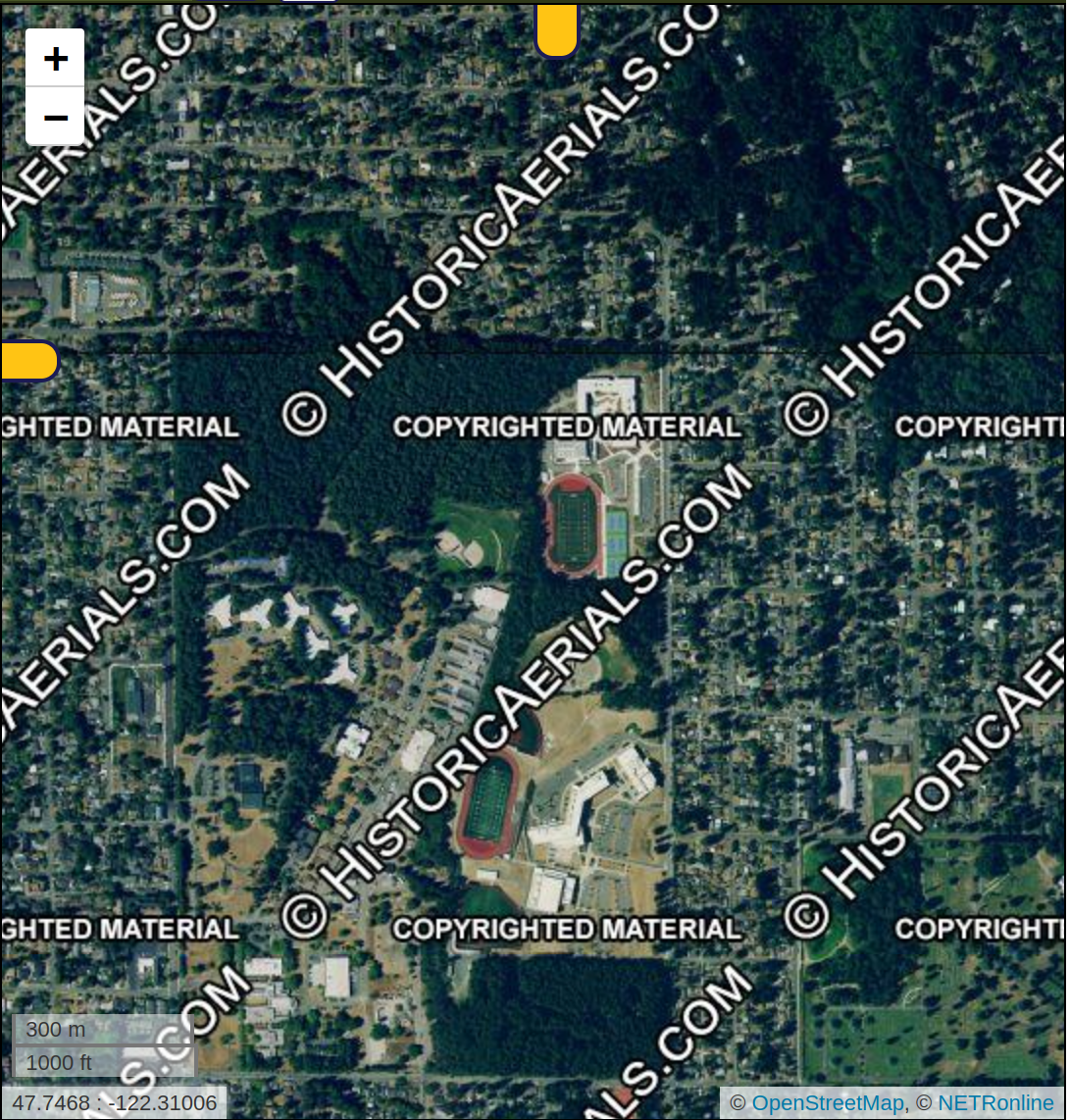
As for the invasive-dominated areas: An unfortunately large part of Hamlin's understory includes several King County noxious weeds or weeds of concern, like the Himalayan blackberry and English Ivy, plus big shrubs of holly (Ilex aquifolium), cherry laural (Prunus laurocerasus), common (not black) hawthorn (Crataegus monogyna), and bird cherry (Prunus avium). Not to mention herb robert (Geranium robertianum), which is pervasive throughout the park. This is a rough map of these areas based on my meanderings (modified from [Willhite n.d.]):
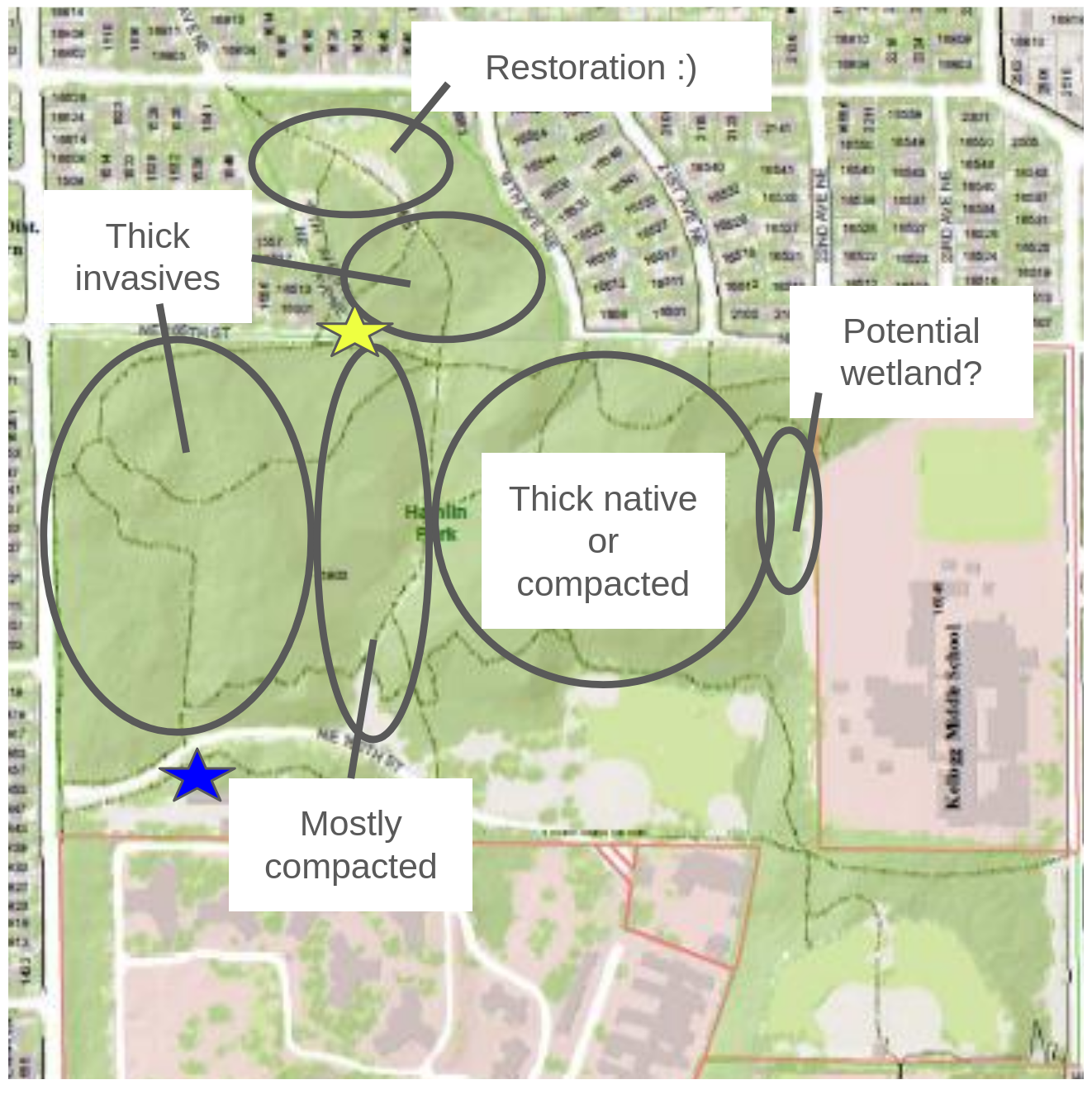
There's clearly a lot of work to do. But I have hope!
A major part of this hope is the native herbs. To my great (and perhaps unfounded) surprise, native herbs still exist in Hamlin-- even under the ivy. Here are two (Pacific Bleeding heart [Dicentra formosa] and inside-out flower [Vancouveria hexandra]) I noticed in area we recently cleared of ivy, which I labeled and protected with a ring of sticks:

They inspired me to pay more attention as I walked around. While native herbs seem relatively uncommon (though it might just be too early in the growing season-- this is my first year paying attention), they do exist in small pockets throughout the park. The most common are Redwood sorrel (Oxalis oregana) (not to be confused with clovers or nonnative Oxalis species), largeleaf avens (Geum macrophyllum), and alpine enchanter's nightshade (Circaea alpina). I was actually surprised to learn the alpine enchanter's nightshade is native as it's so widespread alongside the running trails, giving it that invasive vibe. It is also incredibly inaptly named, as it grows in our lowlands rather than the alpine, and is in no way related to deadly nightshade (Atropa belladonna) or European nightshade (Solanum dulcamara) (Pojar, J. and MacKinnon, A. 1994).
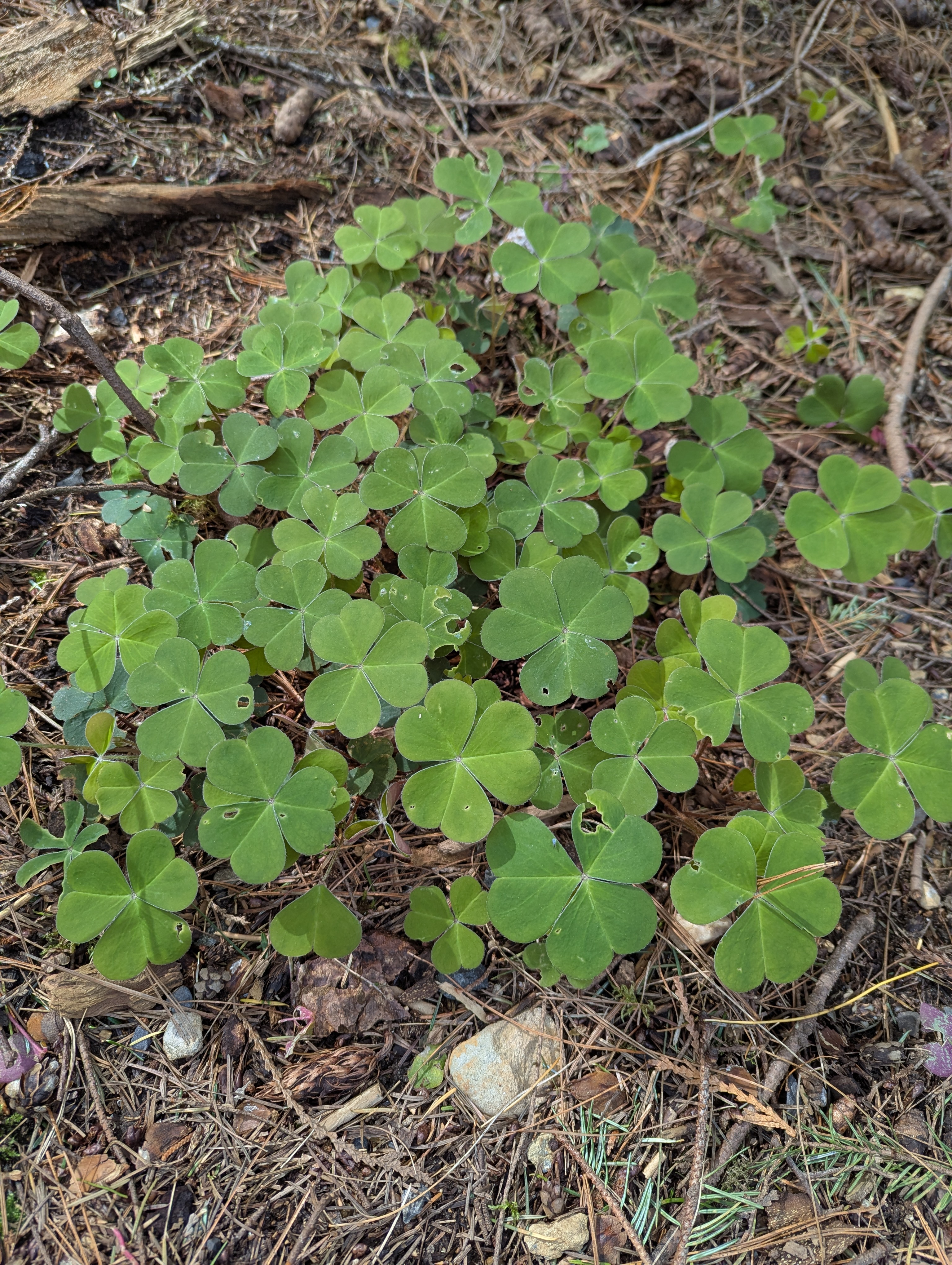
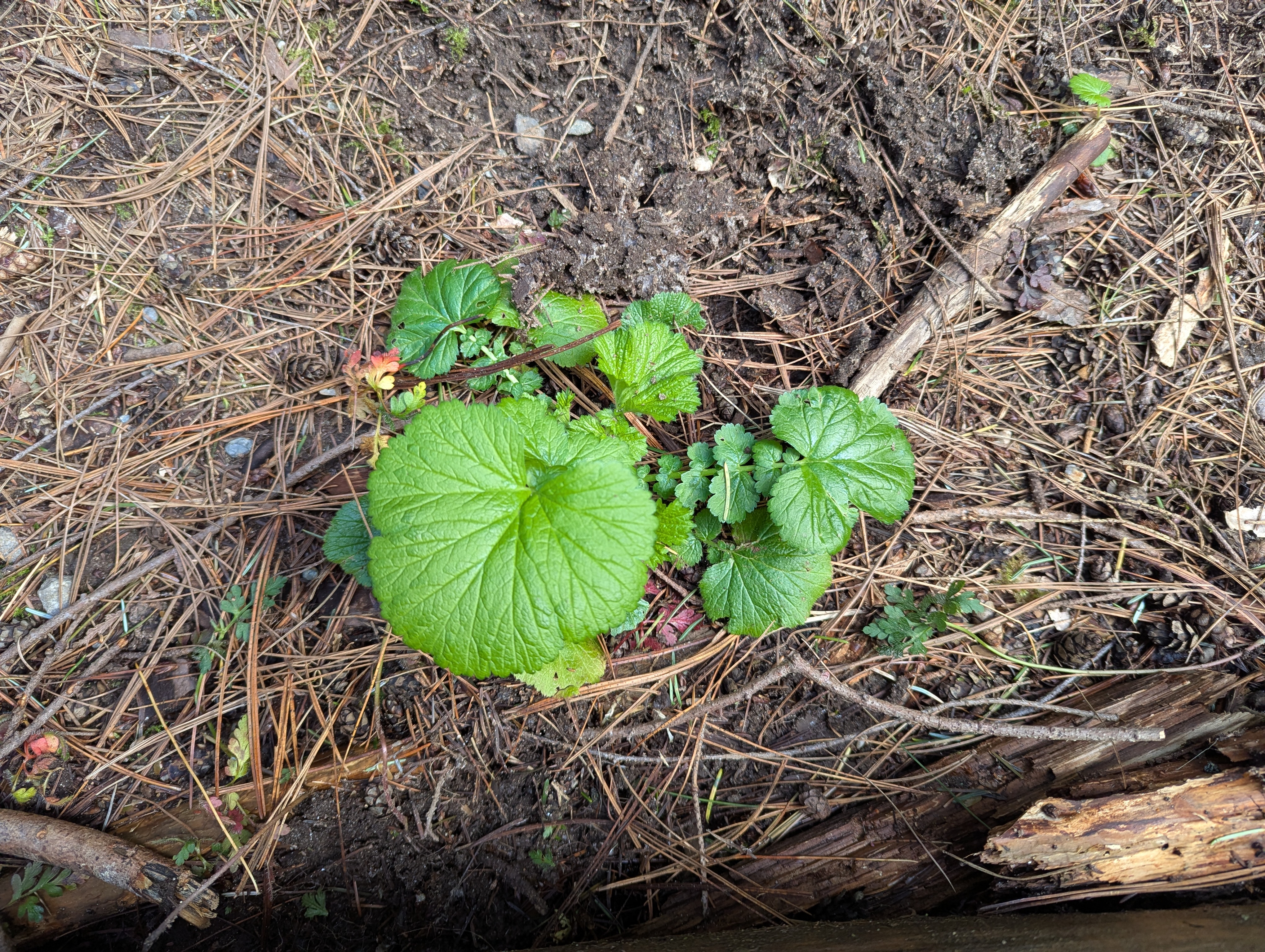
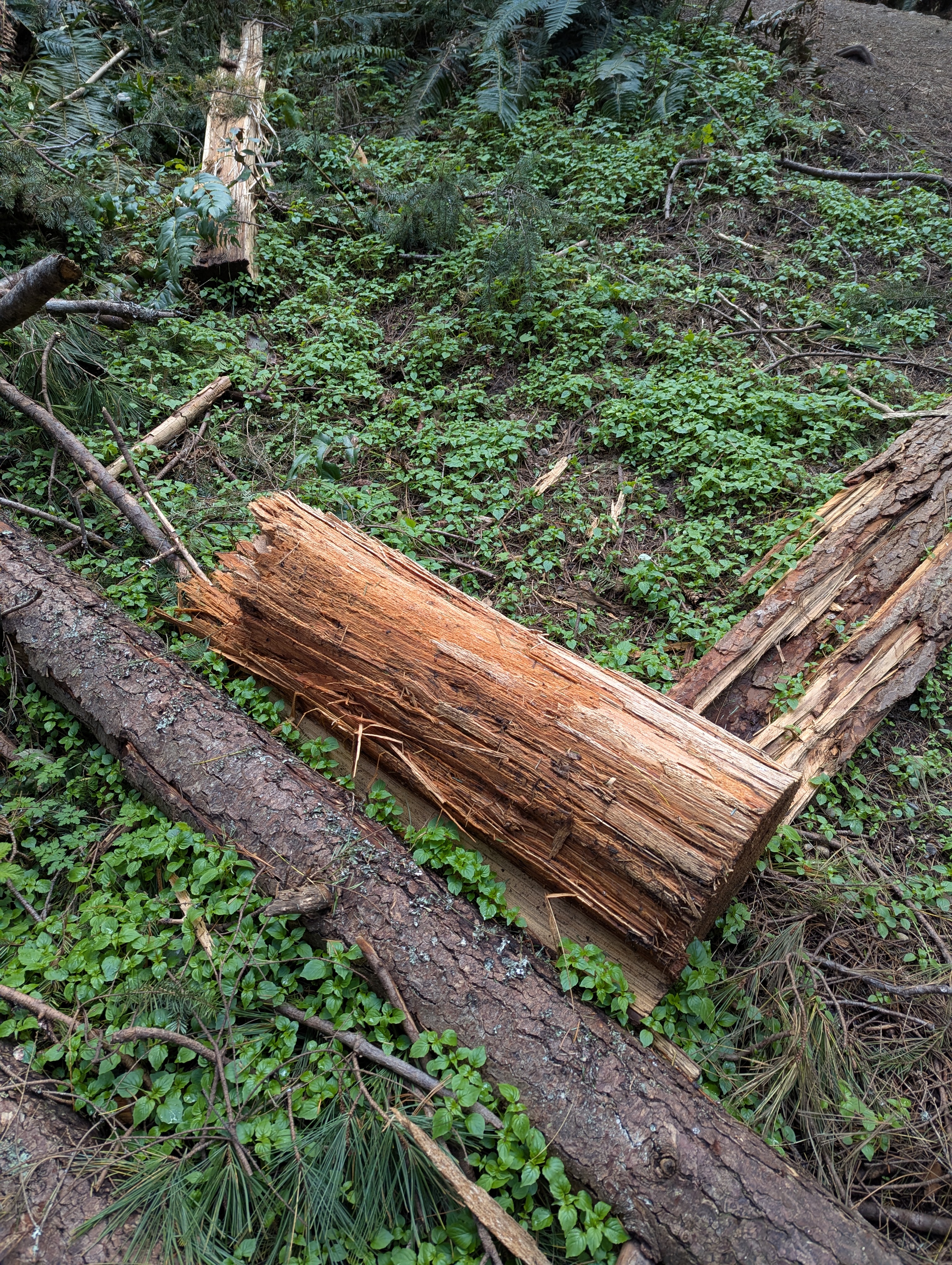
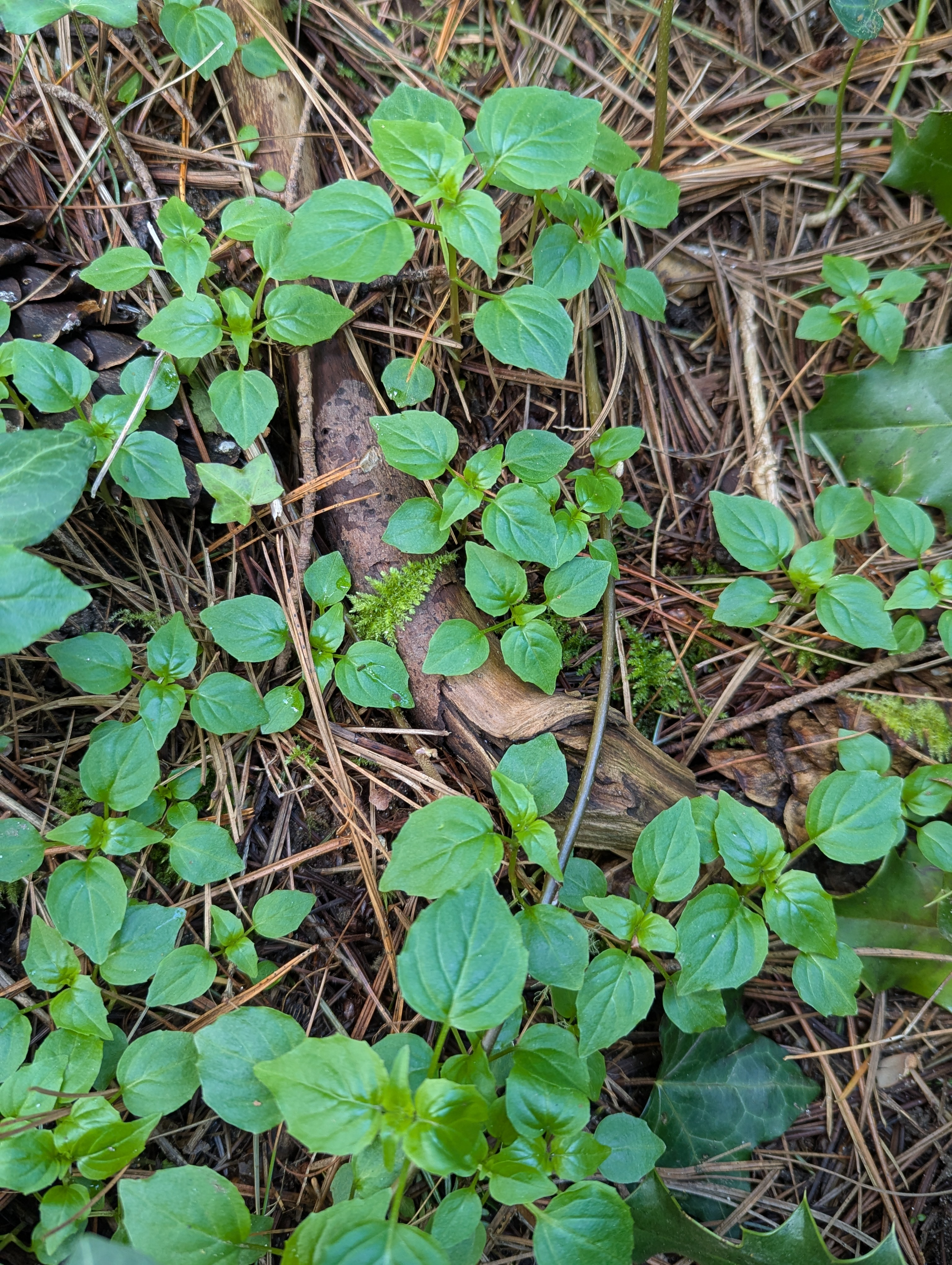
Other herbs I found only a few examples of are redwood violet (Viola sempervirens) and starflower (Lysimachia borealis), both near the west entrance on NE 165th St. Some herb robert is growing near them so I've been pulling it when I walk by. I also saw some orange honeysuckle (Lonicera ciliosa) on the trail in from the Hamlin Park Rd entrance. To note, the Pacific Bleeding heart and inside-out flower above are the only examples I have found of those in the park so far. These plants' minimal presence gives me hope that a seed bank is ready to sprout under our stewarding hands, but we must be very careful to preserve them.
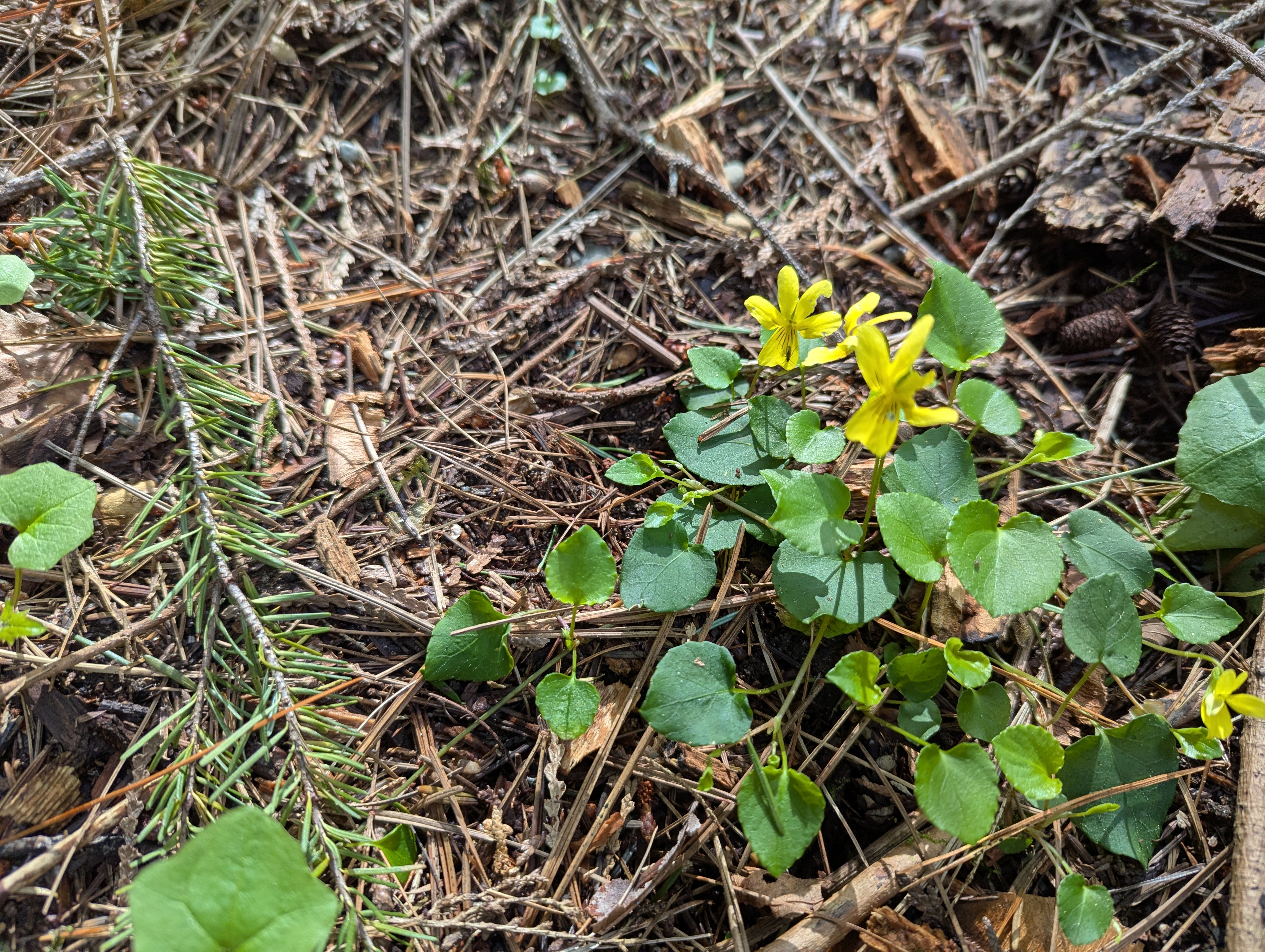
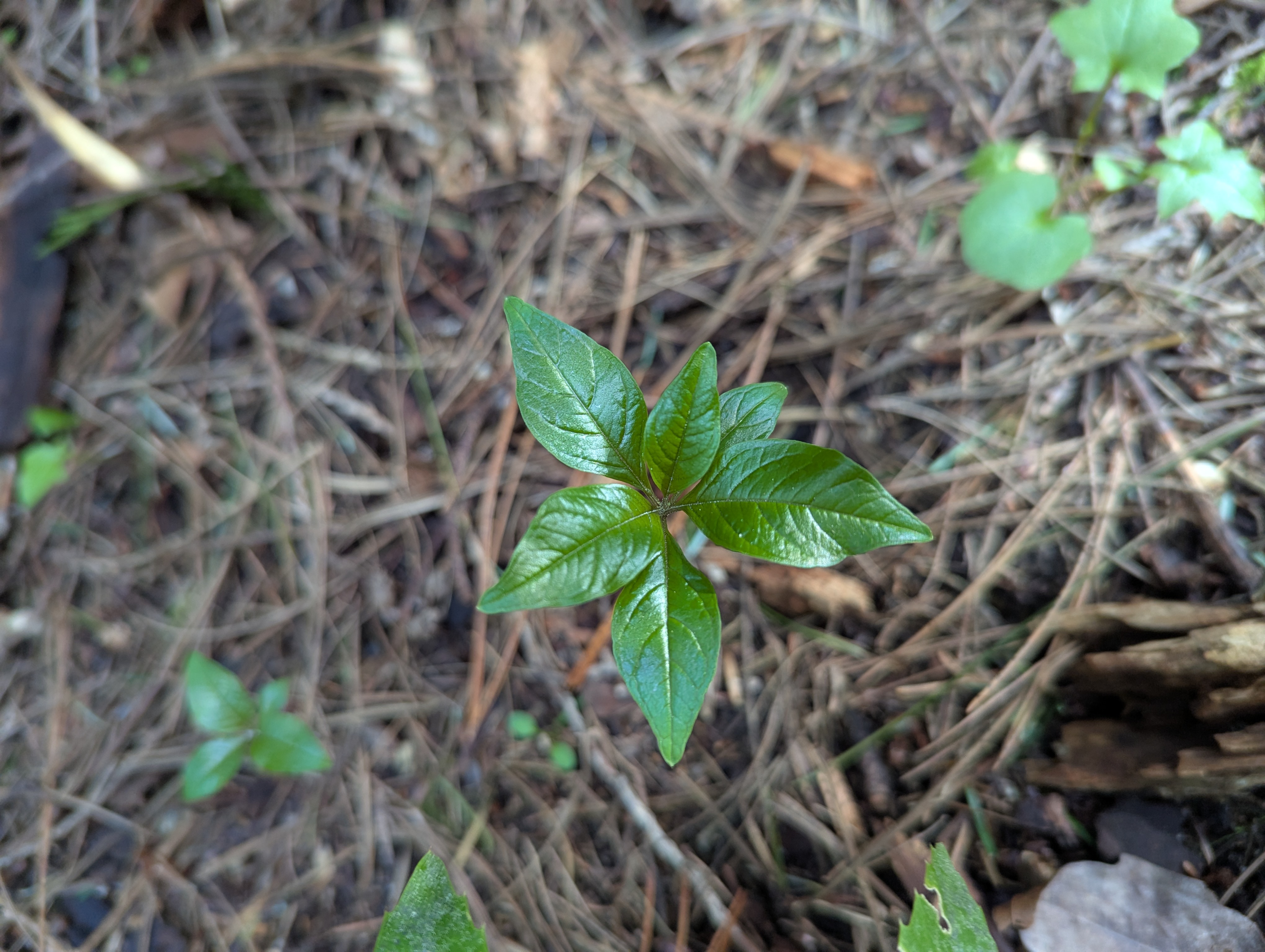
Well that's about all I have in me to write about today, but thanks for reading! Stay tuned for more rambles, species comparisons, and maybe the start of some repeat photography. I just love this park.
References
King County. 2025a. Property detail of parcel 162604-9083. King County Department of Assessments. Available at https://blue.kingcounty.com/Assessor/eRealProperty/Detail.aspx?ParcelNbr=1626049083 (Accessed April 12, 2025)
King County. 2025b. Property detail of parcel 162604-9017. King County Department of Assessments. Available at https://blue.kingcounty.com/Assessor/eRealProperty/Detail.aspx?ParcelNbr=0926049017 (Accessed April 12, 2025)
NETROnline. 2025. Historic Aerials. Nationwide Environmental Title Research, LLC. Available at: https://www.historicaerials.com/viewer (Accessed April 12, 2025)
Pojar, J. and MacKinnon, A. 1994. Plants of the Pacific Northwest Coast: Washington, Oregon, British Columbia & Alaska. Lone Pine Publishing, Vancouver.
Willhite. n.d. Hamlin Park Area Map. Available at: https://www.willhiteweb.com/washington/shoreline/hamlin-park-area-map.jpg (Accessed April 12, 2025)
